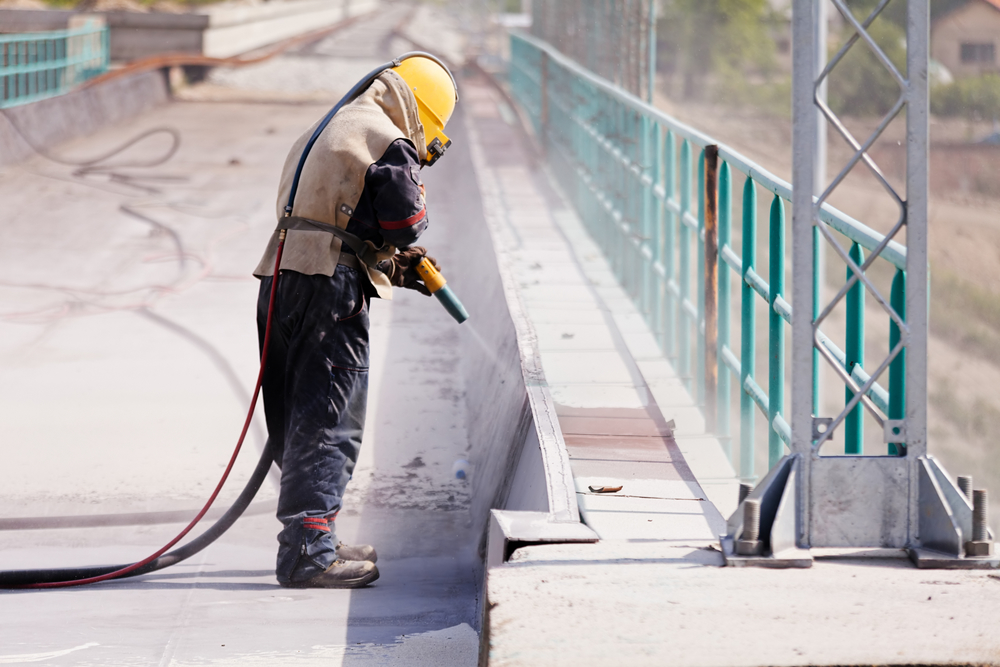How does sandblasting a building work?

Sandblasting is a cleaning process that projects small pieces of material at high speeds to clean or smooth a surface. It can also be used on concrete, glass, and other surfaces to create a decorative look.
It’s an abrasive cleaning process, which means mistakes can cause lasting damage to your exterior surface. It’s best to consult a professional who knows the necessary steps to ensure a successful outcome.
Assess the surface
The type of surface you’re cleaning and what you’re cleaning off it will impact how you approach a sandblasting project. Sandblasting is an appropriate cleaning method for most brick and concrete surfaces, but older brick and more delicate surfaces can sustain damage from sandblasting.
Choose the particulate
While sandblasting is the most commonly used term, the particulates are not always sand. They can also be glass beads, ground walnut shells, ground corn cobs, or a wide range of other materials. Just as it’s important to know the surface type, it’s important to know what type of particulate you should use in sandblasting.
Protect the surrounding area
Sandblasting can damage surrounding surfaces or cause injury to the operator or other people if proper safety precautions aren’t followed. You’ll want to protect any glass or wood surfaces in the area you’ll be sandblasting. You should also block off the area where you are working to reduce the risk of injury to other people.
Prepare the blasting equipment
Sandblasting requires an air compressor, blasting tank, blasting nozzle, and protective clothing for the person operating the sandblaster. The compressor delivers air pressure ranging between 40 and 100 pound per square inch (PSI). The blasting tank holds the abrasive material and is pressurized to force a mix of the material and air into the hose and nozzle.
The nozzle size and type plus the air pressure and distance between the nozzle and the wall all affect how quickly sandblasting works. As with any cleaning method, you should start by testing a small area and test different distances from the surface to determine the best outcome before moving on to the main areas of the surface.
Sandblasting is a powerful and efficient cleaning method, but its power can also cause damage to exterior surfaces if not used properly. Because of this, we recommend using a trained professional for any sandblasting projects.
If you are in need of professional sandblasting, contact us today for more information.
